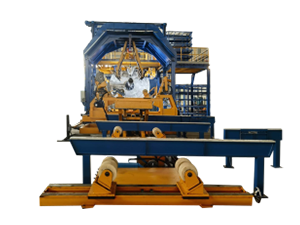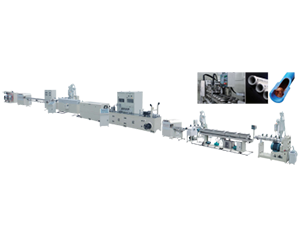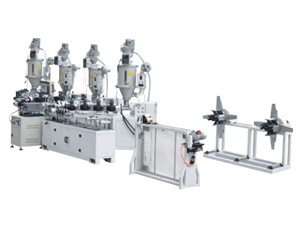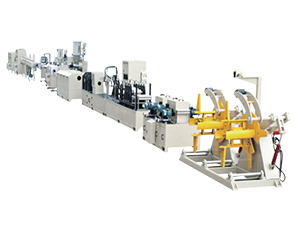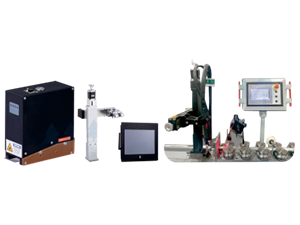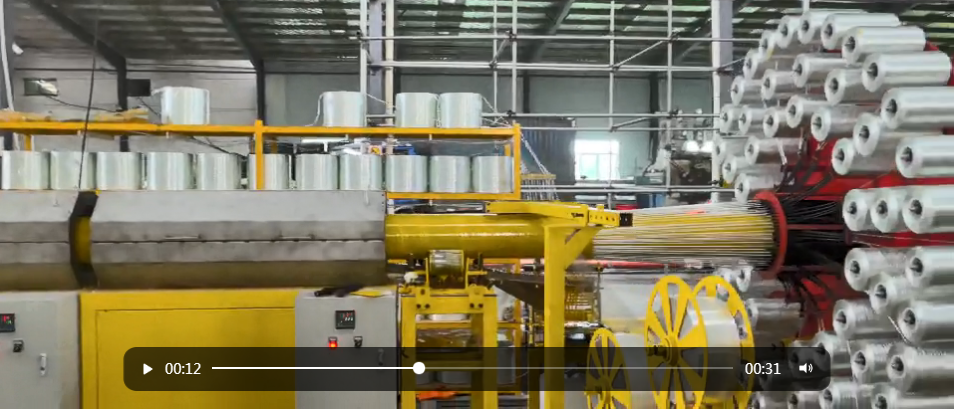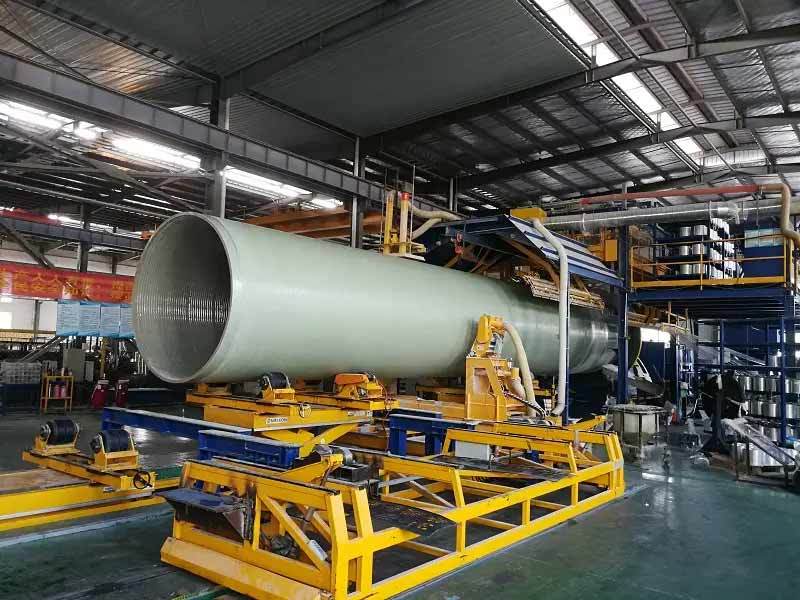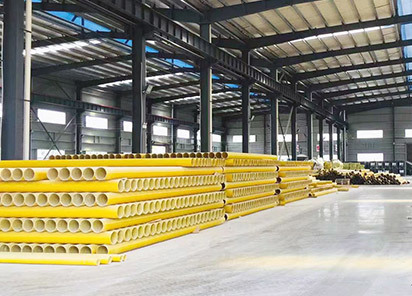The Importance of Regular Maintenance for GRP Production Lines: Ensuring Efficiency and Longevity
Mar 06,2025
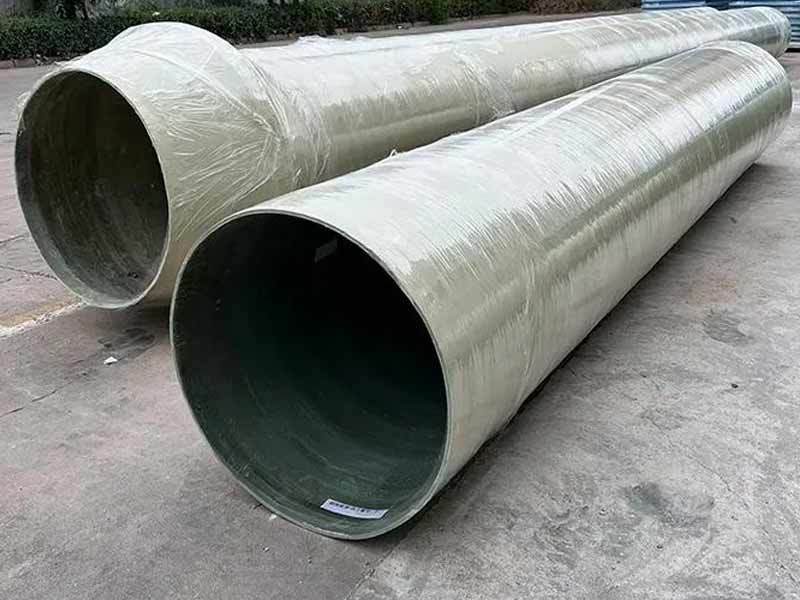
The Importance of Regular Maintenance for GRP Production Lines
Introduction to GRP Production Lines
Glass Reinforced Plastic (GRP) has become a pivotal material in various industries due to its lightweight, strength, and corrosion-resistant properties. The production lines that manufacture GRP products are intricate systems that require regular maintenance to operate efficiently. **Understanding the significance of consistent upkeep** is crucial for any business that relies on GRP production lines, as it ensures smooth operations and high-quality output.
Why Regular Maintenance is Essential
The necessity for regular maintenance in GRP production lines cannot be overstated. **Here are several reasons why investing in maintenance is vital:**
1. Enhanced Operational Efficiency
Regular maintenance helps identify and rectify potential issues before they escalate into significant problems. By maintaining equipment in optimal working condition, production processes can run smoothly, minimizing downtime and maximizing output.
2. Prolonged Equipment Lifespan
GRP production lines involve various machines and components, each subject to wear and tear. Scheduled maintenance and timely repairs can significantly **extend the life of machinery**, leading to lower replacement costs over time.
3. Improved Product Quality
Equipment malfunctions can lead to inconsistencies in product quality. Regular inspections and maintenance ensure that all machines operate within their specified parameters, resulting in **higher quality GRP products** that meet industry standards.
4. Cost Reduction
While maintenance requires an upfront investment, it can lead to substantial cost savings in the long run. Preventive maintenance is often far less expensive than emergency repairs or complete equipment replacements caused by neglect.
5. Compliance with Safety Standards
Manufacturing plants must adhere to various safety regulations. Regular maintenance checks help ensure that all equipment complies with safety standards, reducing the risk of accidents and enhancing workplace safety.
Key Components of GRP Production Line Maintenance
To effectively maintain a GRP production line, it is essential to focus on several key components. **Understanding these areas will help streamline maintenance efforts:**
1. Machinery Inspection
Routine inspections should encompass all machinery involved in the GRP production process. This includes checking for wear and tear, alignment issues, and proper lubrication. **Implementing a checklist can simplify the inspection process.**
2. Maintenance of Molds and Tools
Molds and tools are critical in shaping GRP products. Regular cleaning and maintenance of these components prevent the buildup of residue and ensure precise product dimensions. **Investing in high-quality tools can also reduce maintenance frequency.**
3. Control Systems Review
Automation plays a significant role in modern GRP production lines. Regular reviews and updates of control systems and software ensure that they function correctly. **This aspect is vital for maintaining precision and efficiency.**
4. Electrical and Mechanical Systems
Both electrical and mechanical systems require attention. Checking wiring, connections, and mechanical components helps identify potential issues. **Regular calibration of electrical systems can prevent malfunctions.**
5. Environmental Factors Assessment
External factors such as humidity and temperature can affect production processes. Regular assessments of the facility’s environment can help mitigate these impacts. **Implementing climate control measures is beneficial for optimal operational conditions.**
Creating a Maintenance Schedule
A structured maintenance schedule is crucial for effective upkeep. **Here’s how to develop one:**
1. Determine Maintenance Frequency
Identify how often different machines and components require maintenance. Some may need daily checks, while others may only need monthly or quarterly inspections.
2. Allocate Resources
Assign responsibilities to maintenance personnel and ensure they have the necessary tools and resources. Training staff in maintenance procedures can enhance efficiency and effectiveness.
3. Document Maintenance Activities
Keeping detailed records of maintenance activities helps track performance and identify recurring issues. This documentation can inform future maintenance strategies and help in budgeting.
4. Review and Adjust the Schedule
Regularly reviewing the maintenance schedule allows for adjustments based on equipment performance and operational changes. This adaptability is key to maintaining efficiency.
Best Practices for GRP Production Line Maintenance
Implementing best practices can enhance the effectiveness of your maintenance efforts. **Consider the following strategies:**
1. Engage Employees
Encouraging employees to participate in the maintenance process fosters a culture of responsibility. **Training workshops** can help staff understand the importance of maintenance and how to identify potential issues.
2. Utilize Technology
Leverage technology to streamline maintenance processes. **Predictive maintenance software** can analyze equipment data to predict failures before they occur, allowing for timely interventions.
3. Collaborate with Experts
Consulting with maintenance experts can provide valuable insights into best practices and innovative solutions. **Consider regular audits** by third-party professionals to ensure compliance and efficiency.
4. Foster a Safety Culture
Prioritize safety in all maintenance activities. Establish clear protocols and ensure all personnel are trained in safety procedures. Regular safety drills can reinforce this culture.
The Role of Technology in Maintenance
Advancements in technology have transformed maintenance practices in manufacturing. **Here are some technologies that can enhance maintenance efforts:**
1. IoT and Smart Sensors
The Internet of Things (IoT) enables machines to communicate and provide real-time data. Smart sensors can monitor equipment performance and alert maintenance teams to potential issues.
2. Predictive Analytics
Predictive analytics can process historical data to forecast equipment failures. This allows teams to intervene before a breakdown occurs, optimizing maintenance schedules.
3. Augmented Reality (AR) Tools
AR tools can assist maintenance personnel by providing real-time guidance during inspections and repairs. This technology can improve accuracy and reduce downtime.
4. Cloud-Based Maintenance Management Systems
Cloud-based systems facilitate easy access to maintenance records and schedules from anywhere. This accessibility improves coordination and communication within maintenance teams.
Case Studies: Successful Maintenance Practices
Examining successful maintenance practices can provide valuable lessons. **Here are a couple of case studies:**
1. Case Study: Automotive GRP Production Plant
A leading automotive manufacturer implemented a proactive maintenance strategy that included regular inspections and predictive analytics. As a result, they reduced downtime by 30% and improved product quality significantly.
2. Case Study: Aerospace GRP Production Facility
An aerospace company adopted smart sensors and IoT technology to monitor their GRP production line. This integration allowed them to predict failures and minimize maintenance costs, resulting in a 25% reduction in overall operational expenses.
Frequently Asked Questions (FAQs)
1. How often should GRP production lines undergo maintenance?
Regular maintenance should be conducted based on manufacturer recommendations, with daily checks for critical components and more comprehensive inspections weekly or monthly.
2. What are the signs that maintenance is needed?
Common signs include unusual noises, reduced output, inconsistent product quality, and increased energy consumption.
3. Can regular maintenance prevent all equipment failures?
While regular maintenance significantly reduces the likelihood of failures, it cannot eliminate them entirely. However, it can minimize the frequency and severity of issues.
4. What role does employee training play in maintenance?
Employee training is essential for developing a proactive maintenance culture, enhancing the team’s ability to identify and address potential issues promptly.
5. How can technology improve maintenance for GRP production lines?
Technology, such as predictive analytics and IoT, provides real-time data and insights, allowing for proactive maintenance and reducing unexpected downtimes.
Conclusion
In conclusion, regular maintenance of GRP production lines is crucial for ensuring operational efficiency, product quality, and equipment longevity. By developing a structured maintenance schedule, engaging employees, and leveraging technology, manufacturers can significantly enhance their production processes. The investment in maintenance not only leads to cost savings but also fosters a safer and more productive workplace. Implementing these best practices will undoubtedly position your GRP production facility for success in an increasingly competitive market. Regular attention to maintenance is not merely an option; it is a necessity for thriving in the manufacturing sector.
Contact Us
E-mail:
Phone/Wechat/WhatsApp
Address:
A2-1408, Kaichuang Avenue to Tai Plaza, Huangpu District, Guangzhou City, Guangdong Province


